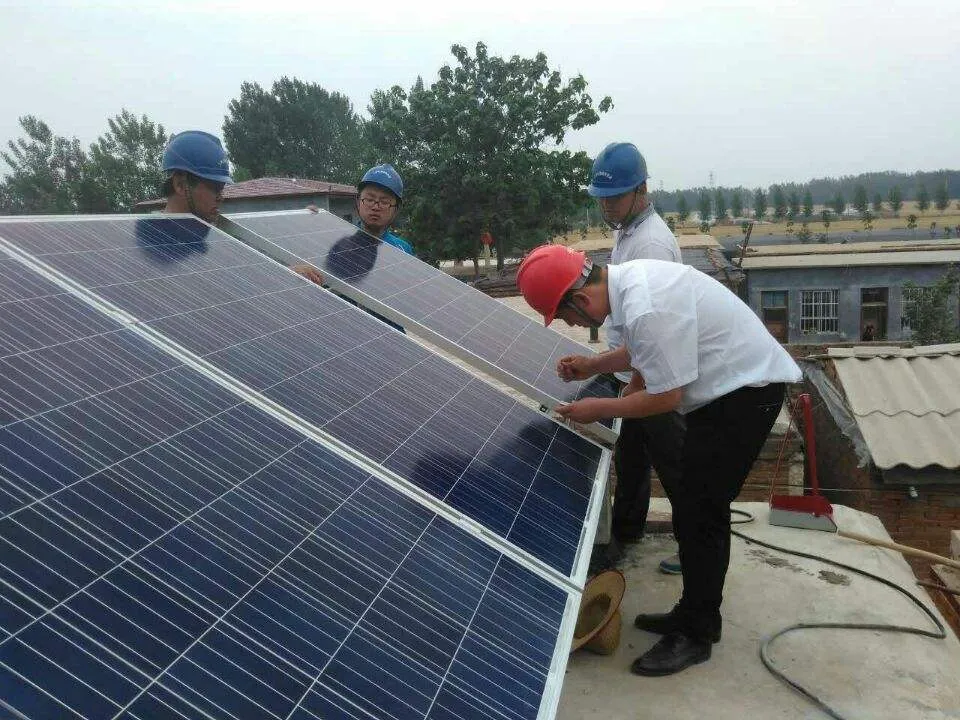Innovative Approaches to Solar Panel Design for Enhanced Energy Efficiency and Sustainability
Understanding Solar Panel Design Key Concepts and Considerations
As the world increasingly seeks sustainable energy solutions, solar panels have emerged as a popular choice for harnessing solar energy. This renewable source of energy relies on effective design to maximize efficiency, sustainability, and performance. In this article, we will explore the fundamental concepts of solar panel design, including the components involved, factors influencing efficiency, and emerging trends in the industry.
Key Components of Solar Panel Design
At the heart of solar panel design are photovoltaic (PV) cells, which convert sunlight directly into electricity. These cells are typically made from silicon, a material that effectively absorbs sunlight and converts it into electrical energy through the photovoltaic effect. The design of these cells can greatly impact their efficiency. There are three main types of silicon-based solar cells monocrystalline, polycrystalline, and thin-film.
1. Monocrystalline Solar Panels Made from single-crystal silicon, these panels are known for their high efficiency (15-20%) and space-saving capabilities. They are more expensive than other types but tend to have a longer lifespan and better performance in low-light conditions.
2. Polycrystalline Solar Panels These are composed of multiple silicon crystals and are generally less expensive than monocrystalline panels. Their efficiency levels are slightly lower (13-16%), but they represent a great balance between cost and performance for many consumers.
3. Thin-Film Solar Panels Made from a variety of materials such as cadmium telluride or amorphous silicon, these panels are lightweight and flexible. However, they have lower efficiencies (10-12%) and typically require more space to install.
Factors Affecting Efficiency
The design of solar panels is not solely about the materials used; several external factors also play a crucial role in determining their overall efficiency
.- Orientation and Tilt The angle at which solar panels are installed can significantly affect their energy absorption. Ideally, panels should face true south (or true north in the Southern Hemisphere) and be tilted at an angle that maximizes exposure to sunlight throughout the year.
solar panel design

- Temperature While it may seem counterintuitive, increased temperatures can reduce the efficiency of solar panels. Manufacturers often specify performance ratings based on standard test conditions, leading to the development of heat-resistant technologies in modern designs.
- Shading Any obstruction that blocks sunlight can greatly diminish the performance of solar panels. In design, it is essential to consider potential shading from nearby trees, buildings, or other structures.
Emerging Trends in Solar Panel Design
The solar energy industry is evolving rapidly, driven by technological advancements and a focus on sustainability. Here are some emerging trends in solar panel design
1. Bifacial Solar Panels These panels capture sunlight from both sides, which can significantly increase energy generation. This dual exposure is particularly beneficial for installations with reflective surfaces underneath.
2. Building-Integrated Photovoltaics (BIPV) This innovative approach involves integrating solar panels into the building materials themselves, such as windows or facades. BIPV not only generates energy but also serves as a functional and aesthetic component of architecture.
3. Smart Solar Panels With the rise of Internet of Things (IoT) technology, solar panels are becoming “smart.” These panels can communicate with other devices for real-time monitoring and performance optimization, leading to more efficient energy management.
4. Recycling and Sustainability As the concern for environmental impact grows, the solar industry is working towards developing recyclable materials and reducing waste in the manufacturing process. Sustainable design practices are increasingly prioritized, ensuring that solar energy remains a green solution.
Conclusion
Solar panel design is a multidisciplinary field that combines technology, engineering, and environmental science. By understanding the components that make up solar panels, the factors that influence efficiency, and the emerging trends in the industry, we can appreciate the continuing advancements in this vital area of renewable energy. As innovations in solar panel design progress, we move closer to a cleaner, more sustainable future powered by the sun.
-
String Solar Inverter: The High-Efficiency Solution for Smart Solar EnergyNewsJul.14,2025
-
Revolutionizing Rooftop Energy with the Power of the Micro Solar InverterNewsJul.14,2025
-
Power Independence with Smart Off Grid Solar Inverter SolutionsNewsJul.14,2025
-
On Grid Solar Inverter: Powering the Future with Smart Grid IntegrationNewsJul.14,2025
-
Monocrystalline Solar Panels: High-Efficiency Power for the Future of Clean EnergyNewsJul.14,2025
-
Bifacial Solar Panel: A Smarter Investment for Next-Generation Energy SystemsNewsJul.14,2025







